Kozani's Pilot City Activity: NEUTRON

Description of activities
The NEUTRON pilot will develop and showcase the methodology to support the transition via the definition of existing innovative technologies, such as the Green Heat Module (GHM). It will implement this methodology in sectoral pilots, including energy production from renewable energy and energy-from-waste (EfW), Digital Twins, and Building Information Modelling, to accelerate a just transition. There is a consensus on the potential to exploit flexibility from District Heating, although the quantification of this potential is challenging due to the diversity of DHs and energy markets across countries.
As the main emission domains are the electricity and heat sectors, it is of the highest importance to address these emission domains. Some of the challenges identified are the volatile generation of local renewable energy and the difficulty to end the contract with the lignite power plant that was going to be replaced by natural gas due to the war against Ukraine.
On top of it, the city also faces cold weather in winter, with old building stock. Some of the challenges identified are the following:
- More than 50% of buildings without insulation envelope
- Subsidies for competing fuels
- Difficulty of fuel price risk assessment
- Investment in renewables that is not cost-efficient
- Transaction costs
- In the waste/wastewater management sector: possibility of downcycling where recycling of waste can be done into products of inferior quality and reduced functionality.
Objective
Develop climate neutrality transition pathways for the building sector, targeting electricity, heating and cooling, and involving all actors representing the quadruple helix.
Are the pilot activities building upon or part of a previous and/or existing activity?
The project is based upon the existing district heating system. DEYAK, Kozani’s municipal district heating company operates successfully since 1993 providing heating to the largest part of the Municipality. The total pipeline network length is approx. 500km connecting 28,000 apartments. Since 1993 and by the mid 2010’s more than 5,000 chimneys were removed while 760,000 tn CO2 and 70 tn of suspended particles were captured. At the same time, it brings financial benefits to the interconnected consumers as they have saved approx. 216 million euros.
Which emissions domains will the pilot activities address?
Systemic transformation – levers of change the pilot activities will exploit
Stakeholder types that you would like to engage in the pilot activities
Transferable features of your pilot activities to a Twin City/ies
The Economic assessment of the GHM application for heat supply in the district heating of Kozani:
- Will help to develop similar concepts for other regions and cities.
- Can be easily adapted to other supply and demand structures.
The energy concept can act as a blueprint for every region operating DHs and/or high temperature process heat networks for industrial areas.
This technology could become a model for many residential, commercial and industrial areas because the stored heat can be utilised in multiple ways: electricity generation, industrial or district heat supply or even cold production, e.g., by absorption cooling systems.
This answer is not exhaustive and simply an indicative one.
Components of the transferable features
Important features that are of interest for the Municipality of Kozani, which is a city in transition towards decarbonisation, could be summarised as follows:
- Coverage of energy needs using renewable sources, like solar or wind energy
- Energy storage using technologies, like ceramic materials, molten salts or other material groups
- Measures for energy saving
- Capacity building for circular economy technologies
This answer is not exhaustive and simply an indicative one.
What does the city want to learn from Twin City/ies?
- Smooth decarbonisation transition by using energy storage concepts to cover energy needs
- Introduction of energy saving concepts to the citizens and citizen science
- Tackling the intermittent nature of solar energy
- Alternative modes of operation of the district heating system
This answer is not exhaustive and simply an indicative one.

